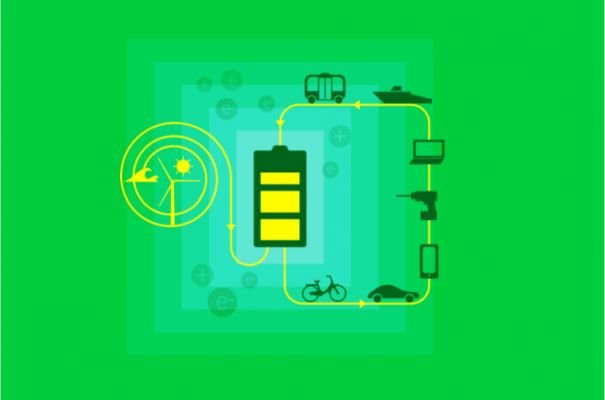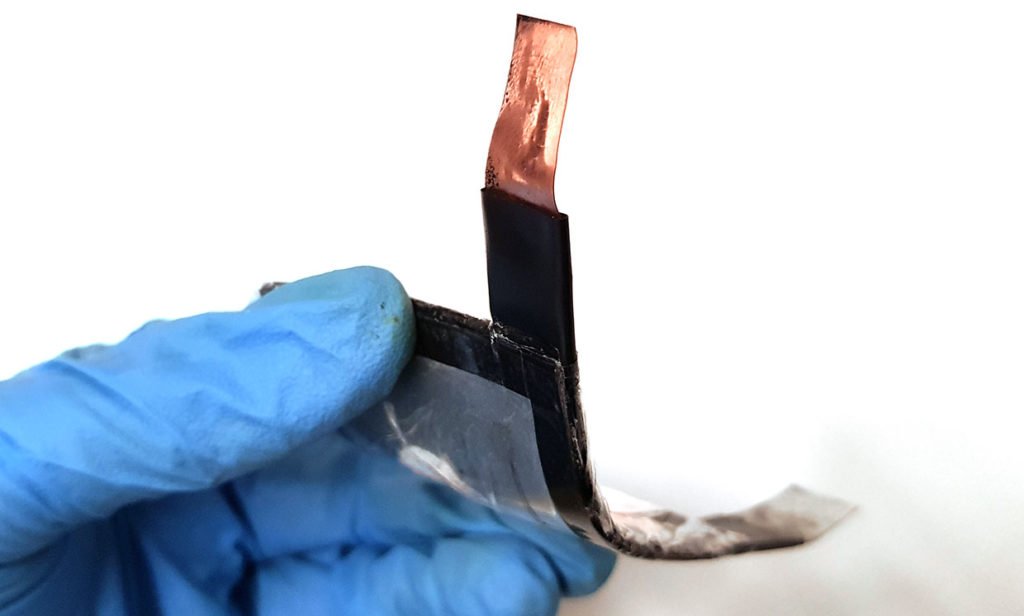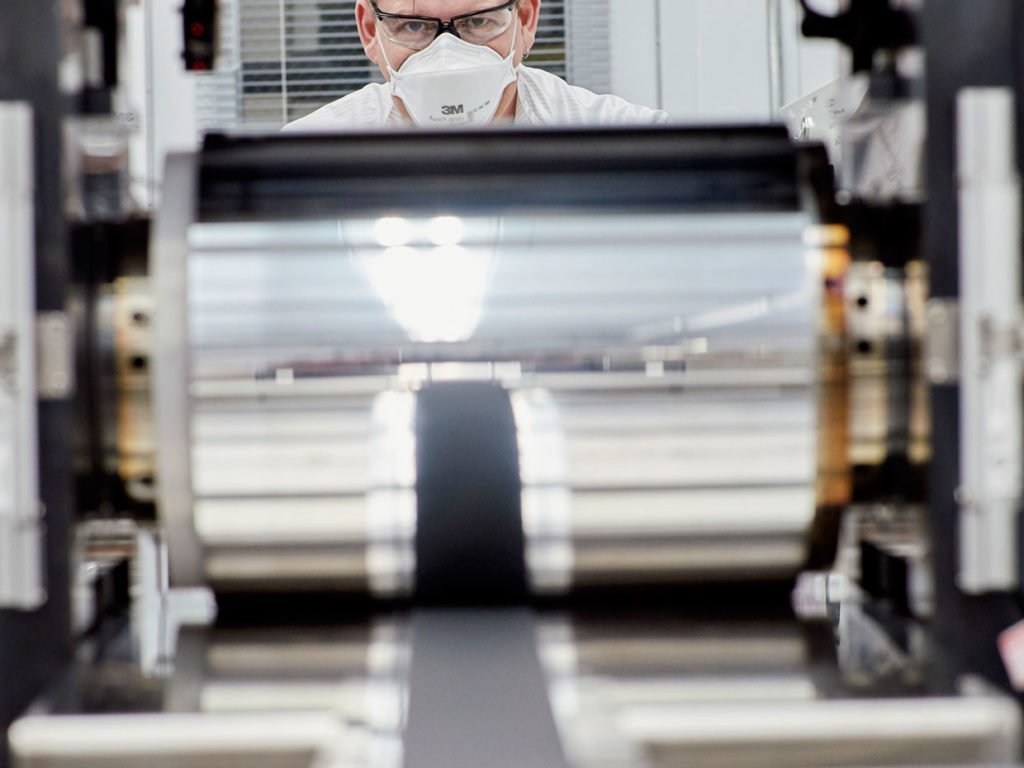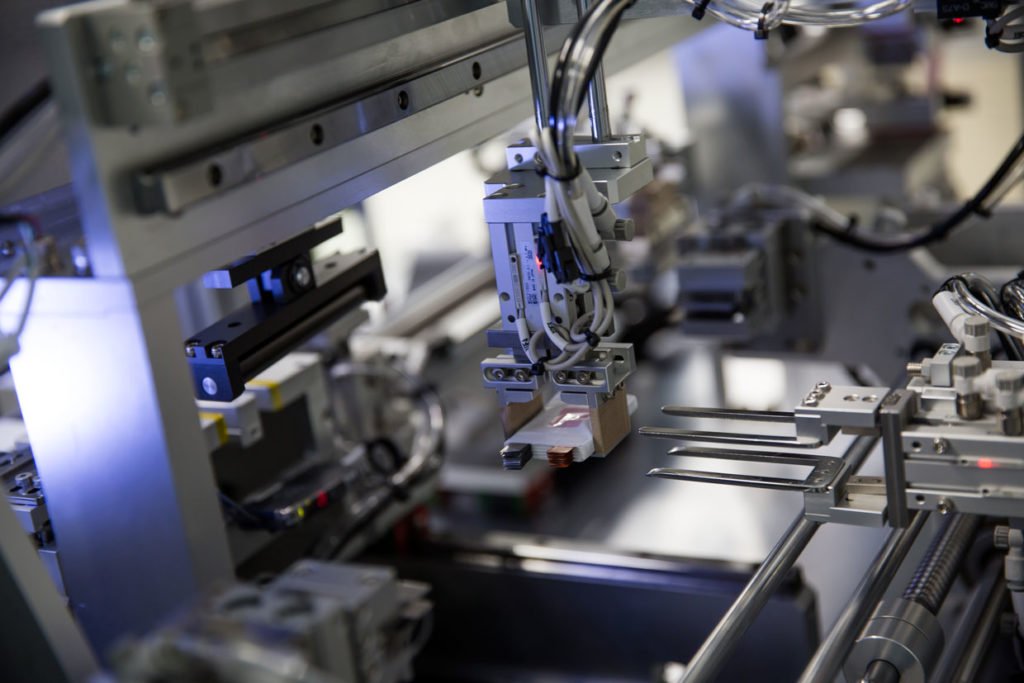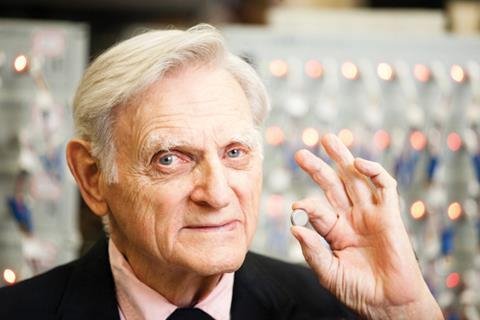
A patent application for a ‘new glass battery’ has been submitted by a team headed by John Goodenough the 94 year old, part winner of the 2019 Nobel Prize in Chemistry for his work as co-inventor of the now ubiquitous lithium-ion battery that is the go-to power source for electric cars and energy storage.
And the new glass battery promises to accelerate the shift away from internal combustion engines (ICD) because it will deliver a significant increase in storage capacity.
By “spiking” glass with either sodium or lithium to form an electrode within the battery, the researchers say the new battery technology provides three times the energy storage capacity of comparable lithium-ion batteries.
It is also neither volatile nor flammable, and does not display issues of lithium dendrite growth that plagues li-ion batteries, which can cause short-circuits and present safety hazards.
According to Goodenough, the glass battery could finally break through the price barrier that hinders the uptake of electric cars by making it competitive in cost and convenience with the internal combustion engine and could also be used to store intermittent solar and wind power on the electric grid.
Early testing suggests that the glass battery could have “perhaps thousands” of charge and discharge cycles, more than the average 1,000-2,000 cycles achievable in typical nickel-manganese-cobalt or lithium iron phosphate batteries.
Additionally, the glass battery electrode has shown it can withstand a wider range of temperatures – between -20º C and 60º C.
Goodenough says the team’s anode and electrolyte are more or less ready for prime time. But they’re still figuring out if and how they can make a cathode that will bring the promise of their technology to the commercial marketplace.
Reference- The Driven, MIT website, Energy and Environmental Science Paper, IEEE’s Spectrum magazine website






